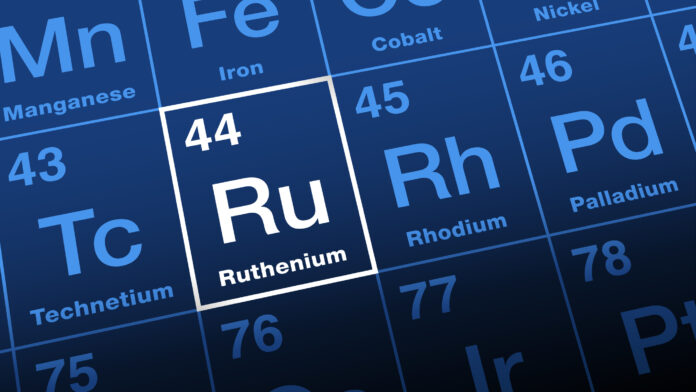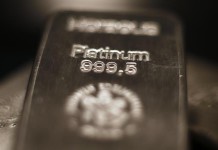
SURPRISINGLY, one of the best-performing metal this year is not gold but ruthenium. This is especially relevant for South Africa as it will supply 71% of global primary ruthenium in 2025, according to Johnson Matthey, a global leader in sustainable technologies.
A less prominent member of the platinum group metal (PGM) family, ruthenium is in its seventh consecutive supply deficit this year owing to new demand from AI applications and materials required for data centres.
Rhodium is also beginning to revive. As with ruthenium, South Africa controls primary supply — about 82% of the total this year. Rhodium and ruthenium prices may have a bearing on the performance of their JSE-listed miners.
Rhodium comprises 24.2% of total revenue generated by South African PGM producers, according to Cape Town fund Noah Capital. A breakout in the metal’s price, however, has the potential to significantly upgrade the revenue pie. In 2021, when rhodium was trading at $24,900 an ounce, the metal comprised 49% of all sector revenue.
Niche industrial demand is helping to offset flagging demand in the auto and jewellery manufacturing sectors. The proliferation of AI usages also adds an unknown demand vector in ruthenium. Though it is a small portion of the overall PGM basket today, the metal could become more influential in average pricing tomorrow.
“Ruthenium prices are likely to benefit significantly,” says Noah Capital analyst René Hochreiter. Prices of $1,000/oz or possibly more are “not far away”, he says. “Ruthenium prices could mimic platinum prices in the next few months or years.” Platinum has gained 49% this year.
While no-one is getting overexcited yet, the additional revenue from this price spike is hugely useful to miners, especially companies such as Sibanye-Stillwater, which was forced to slash unprofitable production of palladium last year. “The increase in the ruthenium price from $675/oz to $800/oz, if maintained, would add an extra $33.1m to our revenue,” says James Wellsted, head of corporate affairs for the miner.
Sylvania Platinum CEO Jaco Prinsloo says about 12% of its total production is in rhodium. “For every 10% that rhodium goes up, you probably have a 2% or 3% increase in your overall revenue.” This is consequential for Sylvania’s share price, which is 88% higher year to date.
There may be more share price gains to come for Sylvania if rhodium gets extra legs and increases to levels expected by Hochreiter. “Because of our particular rhodium exposure, when rhodium runs or drops … I think we track that quite well,” says Prinsloo.
Platinum CEO Craig Miller says: “We’ve seen very significant demand for ruthenium in the first half of the year. Industrial demand, particularly as memory chip production has recovered, and AI technology from a data storage and memory chip perspective. That’s really quite significant.”
Rhodium is nowhere near its 2022 levels. But its price has increased steadily from about $4,000-$5,000/oz at the end of 2023 to just under $7,000/oz today. Industrial demand, particularly in the fibreglass and glass manufacturing sector, is the key driver, says Miller.
Nedbank Corporate & Investment Banking analyst Arnold van Graan says: “Rhodium remains the outlier and could add a further significant boost to the price if it runs hard, as seen during previous cycles. We would therefore not focus just on platinum when looking at the PGM investment case. Rhodium has started to rally as well and could have more upside, further pushing up the basket.”
However, he says it’s important to keep in mind that rhodium is just part of the PGM family, and that it’s the overall basket value that will ultimately drive the profitability level of its miners. “The metal price outlook should be seen from a basket price perspective and prices of platinum have rallied more than those of palladium and rhodium in 2025 year to date,” says Van Graan.
“We have often referred to PGMs and not always the individual metals. This is quite deliberate, as the economics of the PGM industry are driven by the underlying price of the basket of metal, and not a single metal.”
All in all, the improvement in metals such as ruthenium and iridium has taken the overall contribution of minor metals to the total PGM basket price to about 10%, estimates Miller. “I think that’s why it’s important to look at the whole basket of metals, that increased demand. So that’s very, very clear.
“From our perspective, it’s that whole basket of metals that we produce, and that’s why when we look at the portfolio, we look at it in its entirety, and therefore what the potential is to realise the value,” says Miller.











